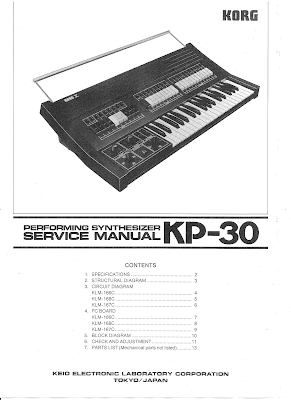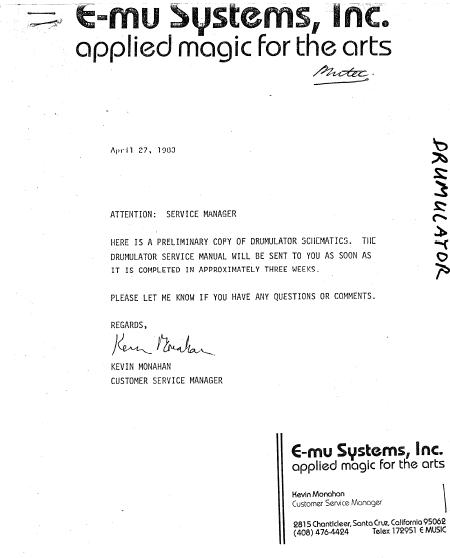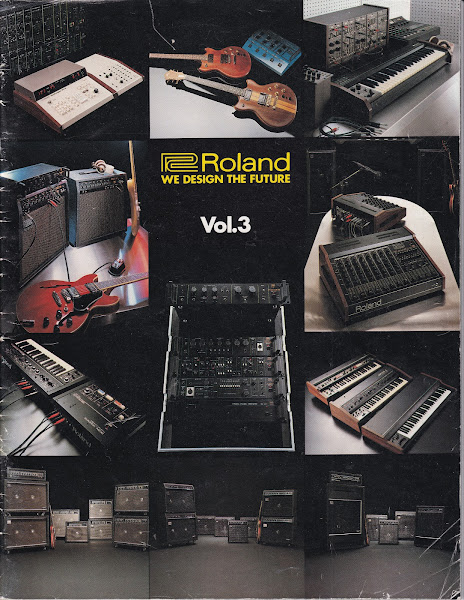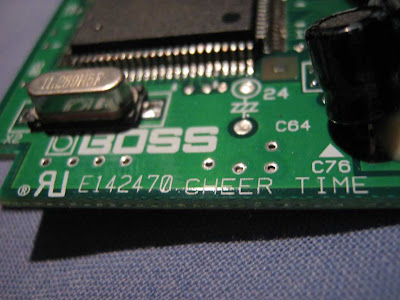 images
images via
this auction
"VINTAGE Electronic Tanpura Synthesizer DELUXE SAARANG RAJ Musicals
- Made by: Radel Systems , Bangalore
- Type No. TBR6
-SI. No. 266
Runs on 6 C batteries and for having such a small speaker can get painfully LOUD! Radel Saarang Electronic Tanbura
The 'Saarang' produces the plucked sound of a conventional stringed tambura (tanpura) used for classical Indian music. The sound is produced electronically without the use of any strings. The 'Saarang' plays by itself and does not need a person to play it.
Pitch tunable by more than octave and covers the range of male as well as female voices - from lower A to higher C (lower 6 to higher 1, Karnatic system or lower White 6 to higher White 7, Hindustani System).

The Tanpura
The Tanpura is a four to six stringed fretless instrument made of wood, and usually combined with gourd. It provides the performing artist(s) with a tonic reference and enriches the background with its unique harmonic drone. The strings are tuned in a manner that emphasizes the tonic and the dominant notes of the raag. The bridge is slightly curved to not only provide a buzzing sound (as the strings are plucked), but also to generate various harmonics that enhance the tonal quality of the instrument. The size (gourd and neck) of the instrument may vary depending on whether the artist is an instrumentalist, male vocalist, or a female vocalist. Tanpura was most probably included as a part of a classical music ensemble since the seventeenth century.

The Tanpura player plucks the strings one at a time, in a steady, repetitive, almost orderly manner, using the index and middle fingers.
These days "electronic" tanpuras <../elect/elect.html> have become commonplace, since they do not require a human player, are less expensive, simpler to tune, require minimal maintenance, and are easily portable. Many Indian professional musicians (including world renowned artistes like Pandit Debu Chaudhuri and Pandit Aashish Khan) are now touring without a tanpura player and are using the Riyaz Raagini <../elect/elect.html> sampled electronic tanpura machine as it sounds so very realistic. However, some artists prefer a natural instrument to an electronic one when available, and sometimes combine the two types. Electronic Tanpuras are, naturally, used by many students for practice as in this way the student can practice for long periods of time as and when needed without the need for a person to sit and play tanpura for them.
Electronic musical instruments are defined as instruments that synthesize sound from an electronic source. The origins of electronic music can be traced back to the work of Hermann Ludwig Ferdinand Von Helmholtz the German physicist, mathematician and the year 1860. While many instruments were developed in years to follow it was not till The Vacuum Tube Era (1915-1960) and Integrated Circuits time, that real muscle made it to world of electronic musical instruments. With travelling Indian musicians, good electronic instruments have been of great help both in performances as well as in Riaz (practice sessions).
David Courtney, musician, music theorist, divides these instruments into 3 classes, Shruti Generation, interments that replaced drone instruments like the Surpeti. Electronic "Surpetis" have been in use for about 20 years. In recent times the more refined Electronic Tamburas have become very popular. The 2nd generation are the Lahara Machines that provide repeating melodies to accompany drum solos. The 3rd category is the Theka Generation, or the Drum Machines, devices that provide sound comparable to the Tabla."
Udpate via Loscha in the comments:
"I have one of these, and it sounds like this:
http://www.loscha.com/music/Loscha-Tambura_Test.mp3
Well, almost the same. Mine is the "base" model.
The pcb look like this;
http://www.loscha.com/music/saraang-pcb.jpg
http://www.loscha.com/music/saraang-pcb-marked.jpg
I am adjusting an modulating the notes pitches in real time with this track.
The unit arpeggiates the tones in a 6 note sequence, and the notes are fixed, the root note on my unit has no fine tuning, only coarse.
You have notes on steps 1, 3 4 and 5 of the pattern. You can only turn on and off notes, and each note has a certain range, constrained by traditional patterns.
I think the Deluxe unit has 5 notes in the sequence, my base unit has only 4.
I corresponded with the creator a while ago, and this is the main section of what he wrote
'At the outset, please accept our apologies for this delayed response. For some unknown reason, we were unable to connect to the site referred to in your mail and we were not in a position to figure out which model you possessed. We were able to connect today and now know that you possess an obsolete version of the Saarang that went out of production seven years ago. We seem to have destroyed all the data connected with this model and are not in a position to furnish them to you. Considering that you are an electronics engineer, the following explanation should help you in trying out whatever modifications you may want to perform.
The four strings are synthesized through four oscillators based on 555 Timers. These signals are amplitude modulated through a capacitive charging and discharging circuit comprising two transistors, BC547 (NPN) and BC 557(PNP). Each of the four PNP transistors is triggered on by a
zero going pulse applied to its base, which results in an electrolytic capacitor getting charged to a peak value. This voltage acts as the amplitude modulating voltage for the square wave input. The triggering of the PNP transistors is controlled by a control circuit comprising another 555 timer, a counter and a demultiplexer.
We hope that this explanation is of use to you. With regards,
G. Raj Narayan'
My Tambura is one of my favourite things in the whole world, and it is in my top 5 musical things I'd never part with if I had to sell up everything I owned. "
Update: mp3 sample demo from Loscha
here.
 via Loscha:
via Loscha:































































